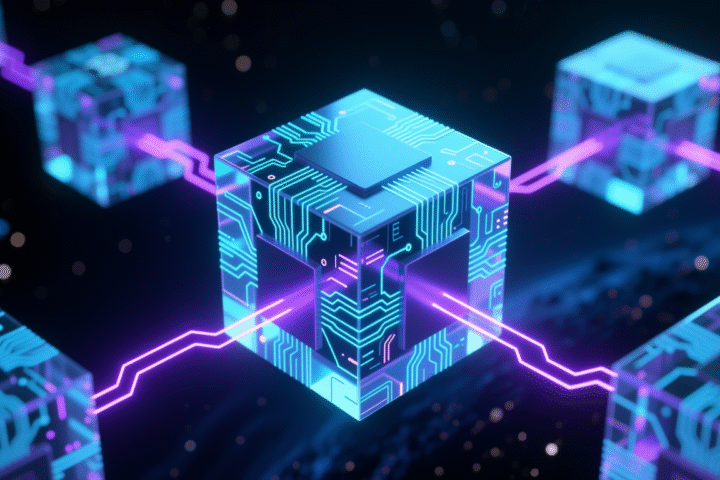Ethereum co-founder Vitalik Buterin has outlined the network’s upcoming upgrade, known as “The Verge.”
The upgrade is designed to improve Ethereum’s security and reduce the hardware requirements to run a node, allowing the network to operate on smaller devices such as smartphones and smartwatches. The Verge introduced a feature called “stateless verification,” which enables nodes to verify blockchain blocks without storing large amounts of data.
Current Ethereum nodes require hundreds of gigabytes of state data to function. Buterin stated that this new approach will make verifying the blockchain affordable for all devices, including mobile and browser wallets and even smartwatches.
Stateless verification is expected to lower the technical barriers for node operators, making it easier for individual users to participate in the network, including those interested in solo staking.
The upgrade also includes a shift toward Verkle trees, a cryptographic structure that reduces proof sizes to enable stateless verification. However, Buterin pointed out concerns about the potential vulnerability of Verkle trees to quantum computing.
He noted that if Ethereum replaces the current KECCAK Merkle Patricia trees with Verkle trees, they may later need to be replaced again due to quantum computing threats. Developers are considering alternatives, such as STARK-based binary hash trees, which offer more excellent resistance to quantum-based risks.

Additionally, The Verge includes changes to Ethereum’s gas cost system under Ethereum Improvement Proposal (EIP)-4762, which aims to prepare the network for stateless verification. The proposal adjusts gas fees for resource-intensive cryptographic operations and introduces the concept of “multidimensional gas.”
This separates gas costs for different operations, such as call data, computation, and state access, allowing for better management of network resources as Ethereum reduces its hardware requirements.
Buterin emphasized that these changes will help Ethereum nodes operate on smaller devices and make solo staking more accessible to users.
Overall, The Verge is designed to reduce hardware demands while improving the scalability and security of the Ethereum network.
Read More
- Buterin Proposes Standards for Ethereum Alignment
- Vitalik Buterin Proposes Increasing Blob Count for Ethereum Network—Here’s Why
- Ethereum’s Vitalik Buterin Responds to Claims That Crypto Market Maturity Has Arrived
Lawrence does not hold any crypto asset. This article is provided for informational purposes only and should not be construed as financial advice. The Shib Magazine and The Shib Daily are the official media and publications of the Shiba Inu cryptocurrency project. Readers are encouraged to conduct their own research and consult with a qualified financial adviser before making any investment decisions.










